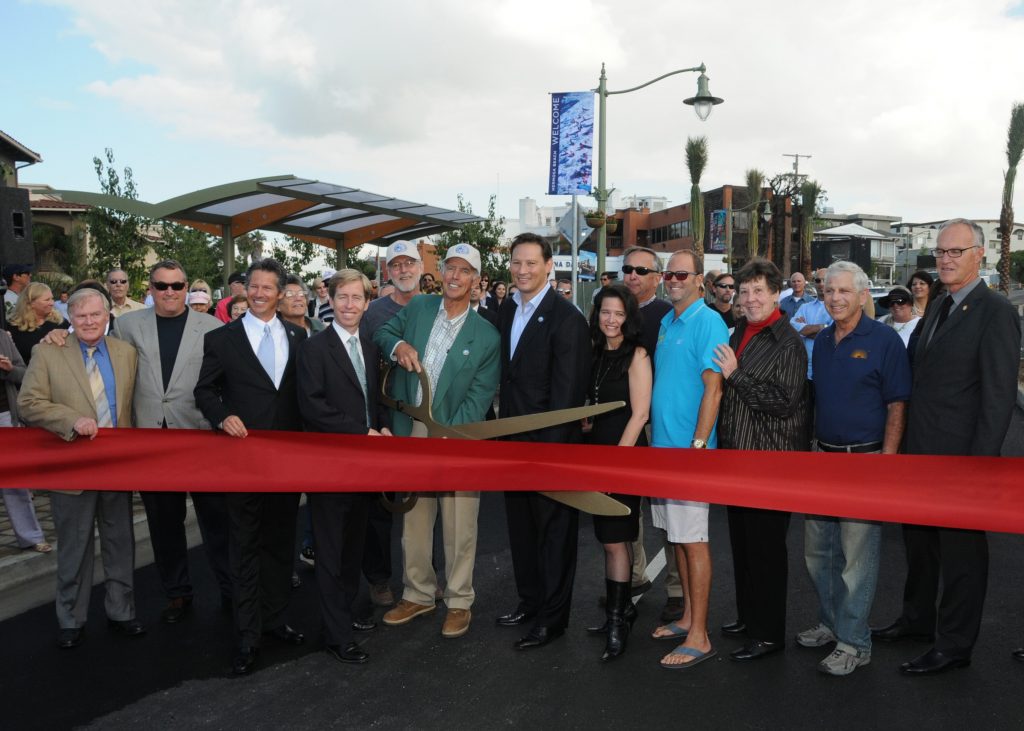El Segundo may not be a large population city, but when it comes to business, this city cranks out big numbers while continuously redefining itself. The city General Fund revenues match those of adjacent Manhattan Beach, which has double the number of residents. Of course, there is a big difference in how the revenues come in, providing an interesting study in contrasts.
Recent retail developments such as the Point, Elevon, and the upcoming Apollo Landing are a precursor to a number of other projects in the works that will ensure continued revenue growth in El Segundo for years to come.
For both cities, 60 percent to 70 percent of the general fund revenues are found on just four line items: property taxes, business license fees, sales taxes, and transient occupancy taxes. For Manhattan Beach, a disproportionate amount comes from property taxes. This is not surprising, given that the median home price in Manhattan Beach over the past six months was $2.44 million, compared to $1.24 million in El Segundo. Revenues from the other categories are much higher in El Segundo, as would be expected given its tremendous business base. Having a population that quadruples during the day as well as close proximity to LAX certainly helps the sales tax and transient occupancy tax revenues.
For decades, El Segundo has often been referred to as the Aerospace Capital of the World because of the significant presence of aerospace companies. However, fluctuations in the aerospace industry presented a risk to the city with respect to revenues. The city adapted by promoting a business-friendly environment that favors innovation across different industries. In 2007, the top 10 employers in the city employed over 28,000 people. Last year this number dropped to just over 17,000 people. This represents a dramatic shift in the composition of the employment base and underscores the success the city has had with overcoming the impact of a once relatively undiversified business base.
The changes are far from over. In the last year or so, we have seen the opening of Elevon and The Point. Apollo Landing, a new, fast, casual restaurant on bustling Rosecrans Avenue, is set to open later this year. All six units in the three buildings were leased before the buildings were delivered to the tenants. The Lakers will move in to new executive offices with a practice arena around the corner from the Los Angeles Kings. Within a year, we will see the opening of the $13.8 M aquatics center near the Lakers facility and adjacent to the new Da Vinci Charter School along Douglas Avenue. At some point, development will start on the 25 acres between The Point and Continental Park on Rosecrans.
All of this activity has caught the attention of a lot of businesses, which pumps up the demand for space. Dave Binney, a partner in Cypress Retail Group, represented the ownership of the Apollo Landing development and has been involved in retail and restaurant real estate transactions in El Segundo and the South Bay for over 22 years. He said, “Lease rates along the Rosecrans corridor are higher than in any other South Bay area, outside of downtown Manhattan Beach.” He hinted that there are more development projects in the early planning stages that have yet to be announced within the El Segundo. The small city has demonstrated how a city can adapt to changes in the business climate and flourish.
As seen in Easy Reader / Photo by Kevin Cody
Photo: Lakers coach Luke Walton, of Manhattan Beach, lent his star power last September to the Lakers and UCLA Health announcement that they are partnering in a 120,000-square-foot medical and training facility at the Elevon hotel, restaurant and retail development, just east of Sepulveda Boulevard in El Segundo.)




